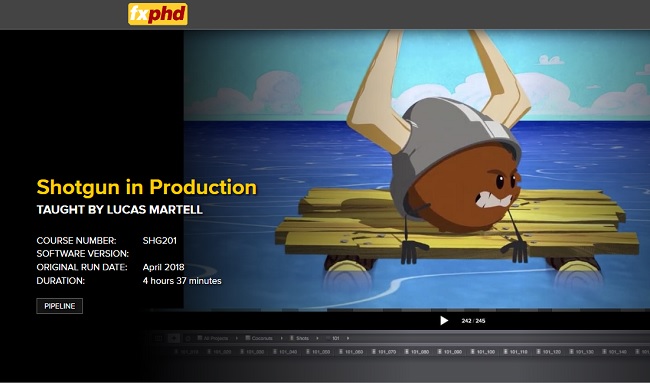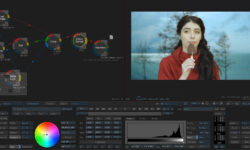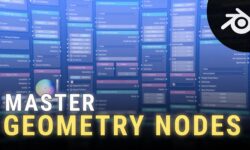Shotgun in Production
Release date:2022
Author:FXPHD
Skill level:Beginner
Language:English
Exercise files:Yes
Shotgun is the industry standard for production management, but unlocking its full potential requires a firm grasp of organization principles and best practices to keep things running smoothly. Taught by multiple producers, artists and TD’s from Austin-based studio Mighty Coconut, this course covers how to make the most of Shotgun on everything from large animated series to smaller VFX productions.
Prior knowledge of Shotgun is not required for this class, but even people using Shotgun regularly will benefit from a deep dive into the package as well as a look at some of the more advanced features.
Lucas Martell is an animation director best known for his short film “Pigeon: Impossible” which has been shown in over 250 festivals in 43 countries, and won more than 20 awards including Best Short at the Oscar-qualifying Montreal World Film Festival. “Pigeon: Impossible” was also a viral hit, having passed 8 million views on YouTube.
CLASS 1: OVERVIEW
An overview of the different parts of Shotgun and how they communicate with each other. We also introduce the database-centric workflow and shotgun toolkit.
CLASS 2: WEB INTERFACE
As an intro to the web interface, this class also serves as a production bootcamp, covering how large shows are broken down and structured.
CLASS 3: SHOTS 1
Organization and creation of shots and sequences, including bulk import from external spreadsheets and assigning tasks.
CLASS 4: SHOTS 2
A deeper dive into shots. We’ll set up task templates and assign tasks to artists, as well as getting into status codes and various ways to structure large projects.
CLASS 5: ASSETS
While similar to shots, the asset pipeline within Shotgun implements several additional features, particularly for big environments and complex characters.
CLASS 6: WORKING WITH DATA
Managing production often requires maintaining a high-level vision of where a project is at any given time. This class shows how to get a high level view which will be critical when making decisions that can make or break a project.
CLASS 7: REVIEW TOOLS 1
The screening room is the main conduit between producers, director and artists. Making the best use of the review tools helps streamline communication and make sure everyone is on the same page.
CLASS 8: REVIEW TOOLS 2
Outside the building, playlists provide a great way to collect feedback from clients and stakeholders in a way that is consistent with the review tools the internal team is using.
CLASS 9: SHOTGUN FOR ARTISTS
The way artists use shotgun is quite different from producers, and Shotgun Toolkit opens up several new workflow techniques within the supported applications.
CLASS 10: BASIC INSTALLATION
The out of the box installation includes several toolkit features that improve productivity and make life easier for your team. This short class will cover initial setup and lay the groundwork for the more advanced options.
CLASS 11: ADVANCED CONFIGURATION
To get the full functionality you’ll need to get under the hood of shotgun to customize things. Advanced configuration also ties the shotgun database into a local file storage system which automates several things like file naming, referencing, and enforces a consistent structure which is crucial on large projects.





 Channel
Channel





